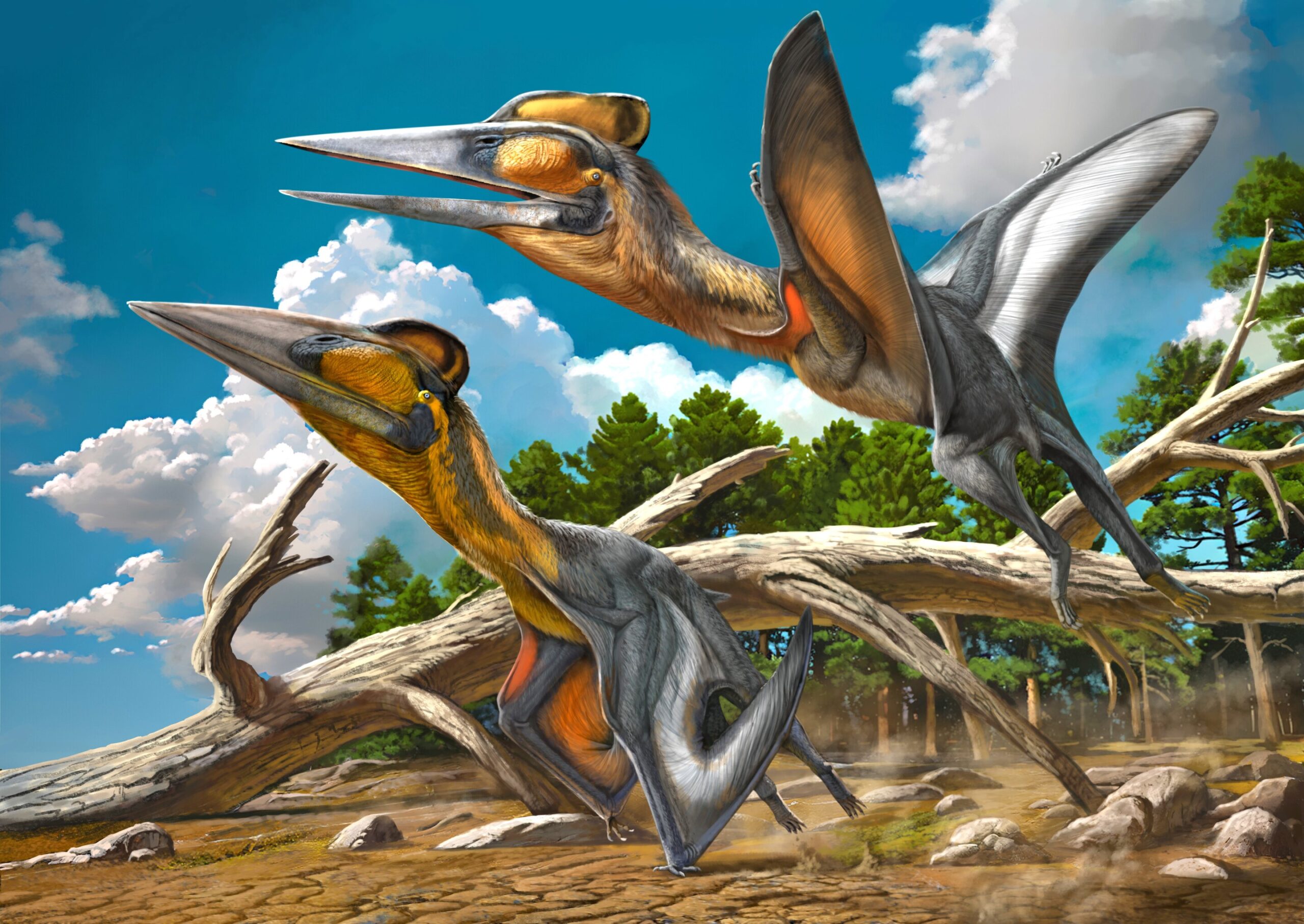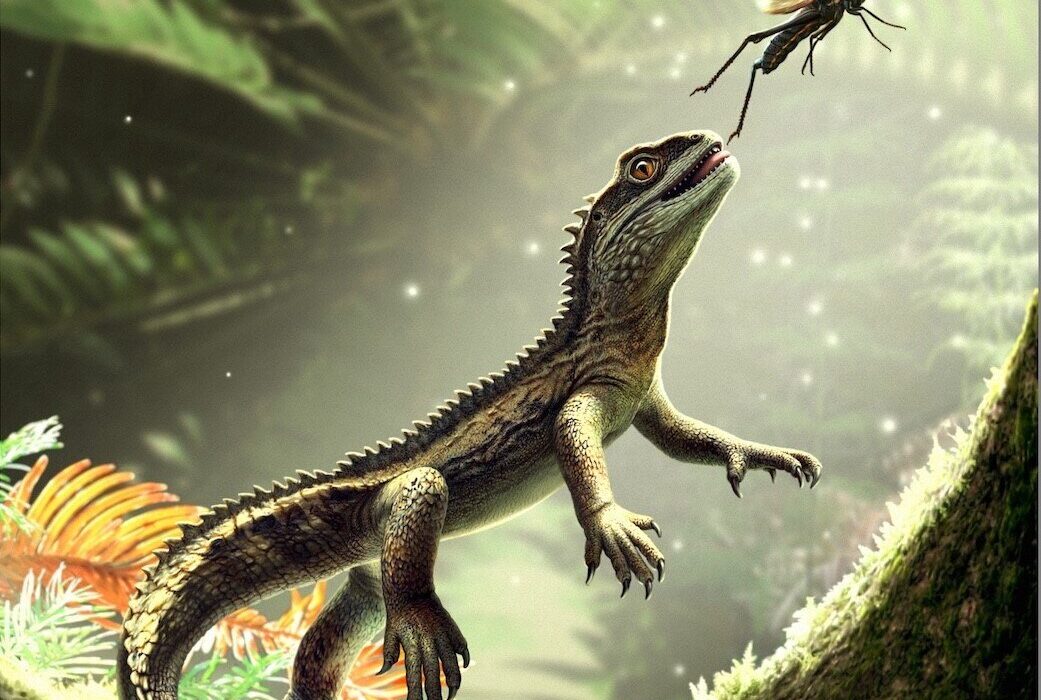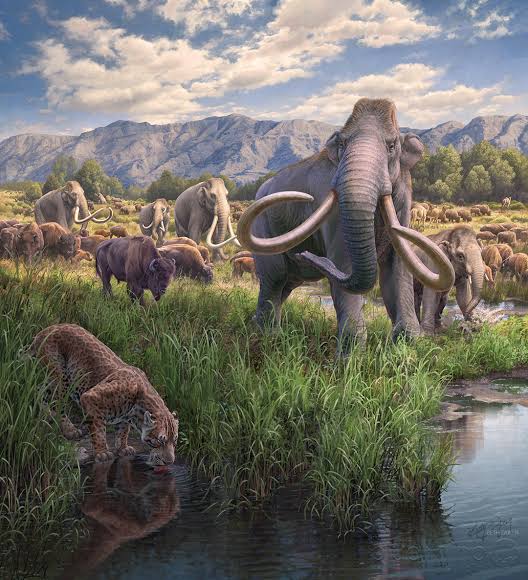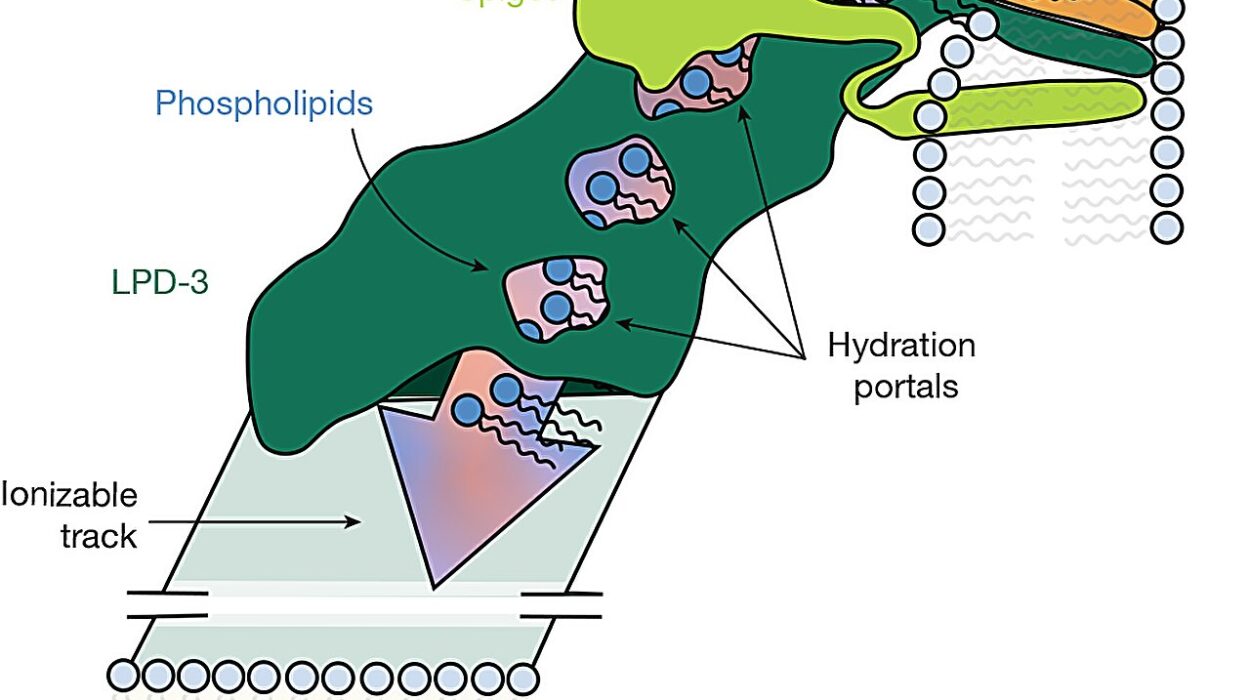A groundbreaking discovery by an international team of researchers from Japan, China, and Brazil has added an exciting chapter to the field of paleontology: the identification of a new pterosaur species from the Late Cretaceous period of Japan. Named Nipponopterus mifunensis, this species marks a monumental first for Japan, as it is the first pterosaur to be named based on body fossils found within the country. This discovery offers new insights into the diversity of pterosaurs in East Asia, an area previously underrepresented in terms of pterosaur fossils.
The remarkable find was made possible thanks to an old fossil specimen that was unearthed in the 1990s in the Mifune Group geological formation, located in Kumamoto Prefecture on Japan’s southern island of Kyushu. While the fossil had been discovered decades ago, it wasn’t until recent advanced scanning and thorough analysis that the full significance of the find came to light. This newly recognized species has been named Nipponopterus mifunensis, with the genus name, “Nipponopterus,” referring to Japan (Nippon), reflecting the pterosaur’s origins, and “mifunensis” derived from the Mifune Group where the fossil was found.
A Forgotten Fossil Reborn
The story of Nipponopterus mifunensis begins with a relatively unassuming discovery—an incomplete neck vertebra that, despite being excavated years ago, sat largely unexamined until recently. The fossil, part of the cervical (neck) region, was housed for decades without much fanfare. It was during a reassessment by researchers at Kumamoto University that the fossil began to reveal its true identity.
Using advanced CT scanning techniques, the research team was able to reconstruct the shape and features of the vertebra in greater detail, leading them to the realization that it represented a new genus and species. The use of these cutting-edge imaging technologies proved crucial in capturing the subtle anatomical characteristics that would otherwise have gone unnoticed in a typical visual inspection. Once the imaging data was gathered, a phylogenetic analysis—comparing the vertebra with other known pterosaur species—confirmed that the specimen belonged to the Azhdarchidae family.
The Azhdarchidae Family: Giants of the Skies
The Azhdarchidae family is home to some of the most iconic pterosaurs to ever soar through the Mesozoic skies. Members of this family are famous for their enormous wingspans and long necks, with species like Quetzalcoatlus reaching sizes that rival small aircraft. Known as “the giants of the Cretaceous skies,” these pterosaurs dominated the skies in the Late Cretaceous period.
Nipponopterus mifunensis, though not the largest member of its family, was a significant find due to its position as one of the earliest-known azhdarchids. Its estimated wingspan of 3 to 3.5 meters places it as a relatively large but early member of this pterosaur group, living during the Turonian to Coniacian stages of the Late Cretaceous. While it would not have been the towering giant of later species like Quetzalcoatlus, it would have been an impressive presence in its environment, likely navigating the skies of ancient Japan in search of prey or perhaps scavenging for marine life.
Key Characteristics and Distinct Features
What truly sets Nipponopterus mifunensis apart from other pterosaurs in the Azhdarchidae family is its unique anatomical features, particularly in the structure of its cervical vertebra. The newly identified sixth cervical vertebra displays several key traits that distinguish it from its relatives, making it an invaluable specimen for the study of pterosaur evolution.
One of the most notable features is a prominent dorsal keel along the back of the vertebra. This elevated ridge runs from the epipophysis (a bony protrusion) to the entire length of the postexapophyseal peduncle, an area not commonly seen with such a feature in other pterosaur fossils. This keel likely had functional importance—possibly providing additional support for the musculature required for the pterosaur’s long neck, which would have been essential for its feeding behavior.
Additionally, Nipponopterus has a long ventral sulcus (groove) along the underside of the vertebra, a feature that is present in only a few other azhdarchids. The vertebra’s condyle, the part of the bone that articulates with the next vertebra, is subtriangular in shape, a rare trait that further separates it from similar species. The position of the postexapophyses, the bony projections extending from the sides of the vertebra, is also uniquely outward-directed, adding to the list of characteristics that make this species stand out.
These anatomical differences, seen in combination, are sufficient to classify Nipponopterus mifunensis as a distinct genus and species within the azhdarchid family, providing researchers with a more nuanced understanding of pterosaur diversity during the Late Cretaceous.
Phylogenetic Analysis: A Close Relative to Quetzalcoatlus
The results of the phylogenetic analysis placed Nipponopterus mifunensis within the Quetzalcoatlinae subfamily of the Azhdarchidae, closely related to other famous species like Quetzalcoatlus and the enigmatic “Burkhant azhdarchid” from Mongolia. The connection to these other species helps researchers trace the evolutionary path of pterosaurs and better understand their distribution across different parts of the world during the Cretaceous period.
Interestingly, Nipponopterus represents one of the earlier members of the Azhdarchidae family, making it crucial for understanding the evolutionary development of the large-bodied pterosaurs that would later dominate the skies in North America, Asia, and other regions. The connection between Nipponopterus and species like Quetzalcoatlus underscores the evolutionary significance of the discovery, as it sheds light on the migration and adaptation of these extraordinary flying creatures.
Collaborative Effort and International Research
The study that led to the discovery of Nipponopterus mifunensis is the result of a truly international collaboration, highlighting the power of cross-border scientific research. The research team was made up of experts from Shihezi University in China, the Zoology Museum at the University of São Paulo in Brazil, and researchers in Japan from the Mifune Dinosaur Museum, Kumamoto University, and Hokkaido University.
The combined efforts of these researchers, each bringing their own specialized knowledge and expertise, played a pivotal role in the discovery and classification of this new species. Through their collaboration, they were able to combine advanced imaging techniques, fossil analysis, evolutionary modeling, and a deep understanding of pterosaur phylogeny to uncover the significance of the Mifune Group fossil.
“This discovery is a shining example of how scientific progress can transcend borders,” said Professor Toshifumi Mukunoki, a member of the research team from Kumamoto University. “By pooling our expertise and resources, we were able to piece together the puzzle of Nipponopterus and unveil a piece of Japan’s prehistoric past that had remained hidden for decades.”
The Legacy of Nipponopterus mifunensis
With the unveiling of Nipponopterus mifunensis, Japan has taken its place on the map of pterosaur discovery. For years, pterosaur fossils were rarely associated with Japan, despite the country’s rich history of dinosaur and prehistoric discoveries. This new species not only adds to the growing body of knowledge about pterosaurs but also serves as a reminder of the complexity and diversity of ancient ecosystems in East Asia during the Late Cretaceous.
The fossil of Nipponopterus mifunensis is currently on public display at the Mifune Dinosaur Museum in Kumamoto Prefecture, allowing visitors to see firsthand the extraordinary creature that once soared above the ancient landscapes of Japan. The display serves as both an educational tool and a reminder of the vast, often untold history of life on Earth before the age of humans.
“This is a major step forward for Japanese paleontology,” said Dr. Naoki Ikegami, a researcher at the Mifune Dinosaur Museum. “We hope that this discovery will inspire future generations of scientists to look more closely at Japan’s prehistoric past and help us better understand the fascinating creatures that once ruled our skies.”
Conclusion
The discovery of Nipponopterus mifunensis represents more than just the identification of a new pterosaur species—it is a triumph of collaboration, innovation, and the unyielding curiosity that drives paleontologists to seek out the forgotten wonders of our planet’s ancient past. With its unique anatomical features and its place within the Azhdarchidae family, Nipponopterus provides valuable insights into the evolution of pterosaurs, while also filling an important gap in the fossil record of East Asia.
This remarkable find not only enriches our understanding of pterosaur diversity but also highlights the untapped potential for future discoveries in Japan and beyond. As scientists continue to examine the rich and varied fossil deposits of the Mifune Group and other regions, it’s likely that more discoveries will come to light, revealing new pieces of the ancient puzzle that continues to captivate the imagination of paleontologists and the public alike.
Reference: Xuanyu Zhou et al, Reassessment of an azhdarchid pterosaur specimen from the Mifune Group, Upper Cretaceous of Japan, Cretaceous Research (2024). DOI: 10.1016/j.cretres.2024.106046






